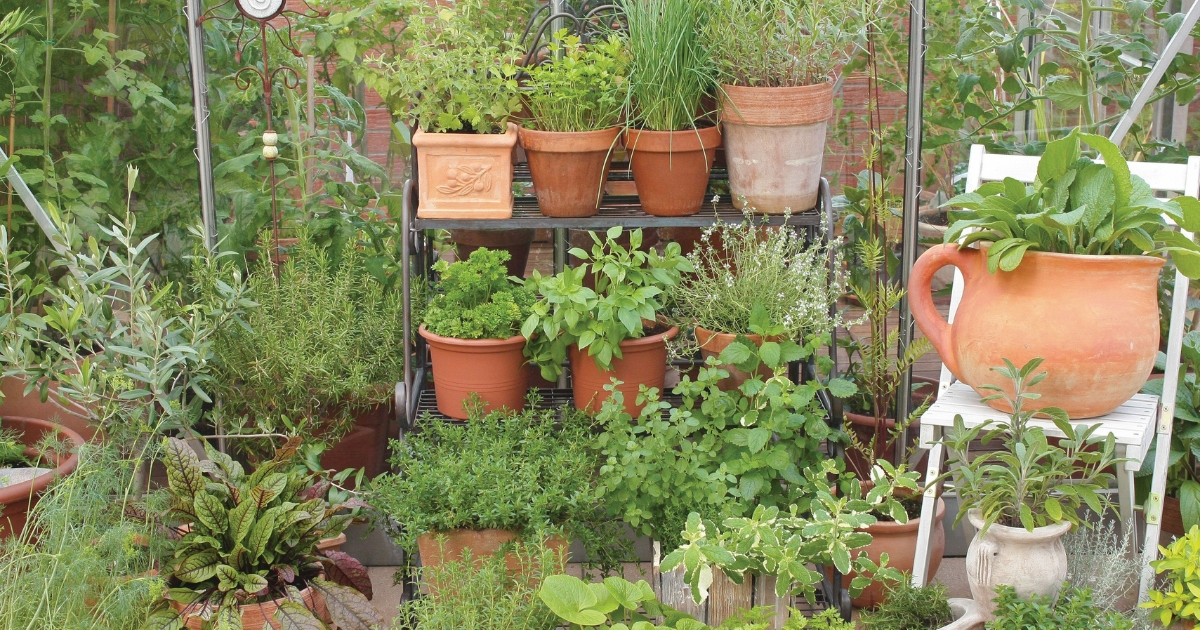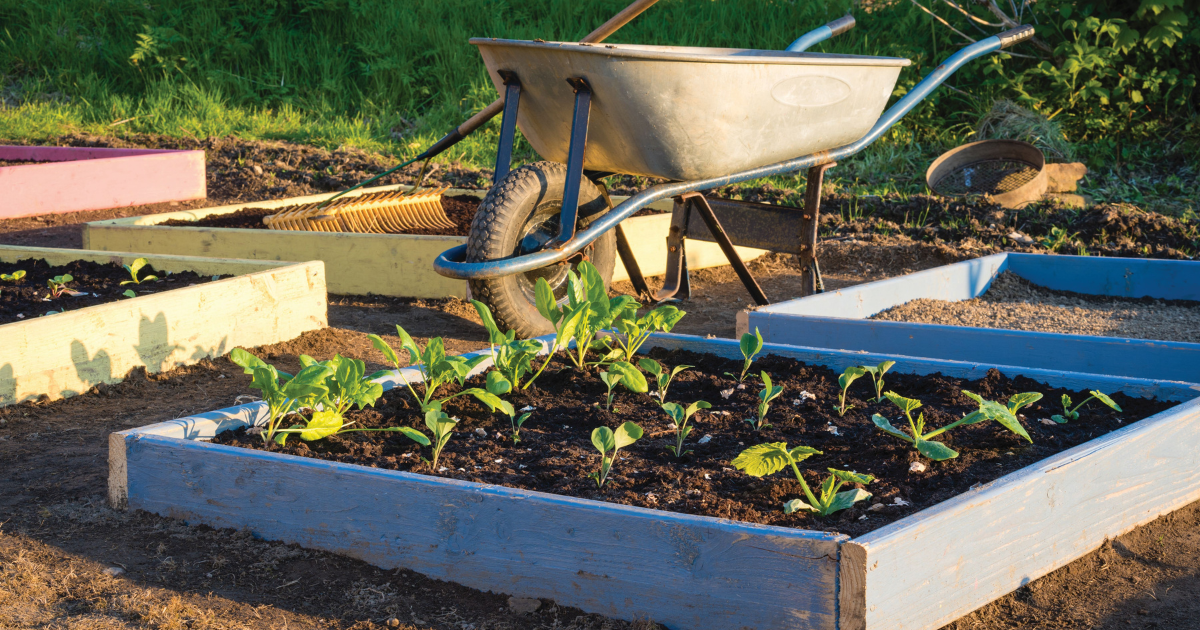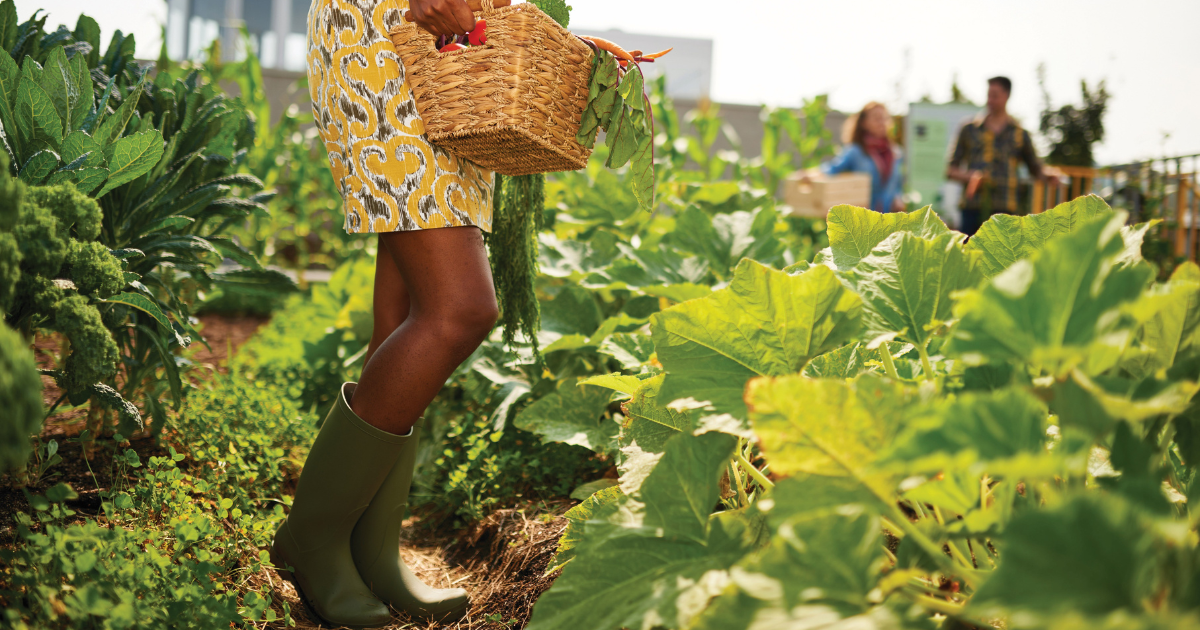Imagine a garden that’s not just beautiful but also effortlessly natural — that’s the charm of a meadow garden filled with annual flowers. These gardens are like Mother Nature’s canvas, splashed with vibrant colours and buzzing with life. Annual flowers, the stars of the show, explode into bloom for a single season, creating a lively spectacle. Their fast growth and cheerful blooms bring instant gratification, perfect for those who want a quick burst of beauty.
Meadow gardens teem with benefits too. They attract pollinators like bees and butterflies, making your space a mini wildlife haven. Plus, they’re low-maintenance — since the flowers complete their life cycle within a year, there’s no need to worry about long-term care. Planting a mix of annual flowers ensures a shifting tapestry of colours and textures that evolve with the seasons. From delicate cosmos to zesty zinnias, learn more about these top annuals and make your meadow garden an ever-changing masterpiece that welcomes you into nature’s embrace.
Bonus: All of these picks can be grown quickly from one package of seeds. Starting plants from seeds is ultra-affordable, offering a pocket-friendly route to lush gardens and a satisfying sense of accomplishment. Read more about how to make sure your seeds germinate and get a strong start in your garden.

Annual poppy (Papaver rhoeas)
My grandson Conrad and I sowed these seeds in October for a spectacular 6-week show of vibrant colours in June and early July. Cost: a 5 cm layer of compost and $15 in seed.
Annual poppies are also know as Common Poppy, Flanders Poppy or Corn Poppy is one of the easiest and most striking flowers to grow. To successfully cultivate these bright red and pink beauties, select a suitable planting site that receives full sunlight and boasts well-draining soil. Early spring or late fall is the optimal time for sowing poppy seeds. Prepare the soil by loosening it and amending it with compost, ensuring a loose and friable texture. Scatter the poppy seeds over the prepared soil, gently pressing them in without burying them too deeply, as they require light to germinate.
Keep the soil consistently moist during germination, and once the seedlings emerge, thin them to prevent overcrowding. Regular deadheading of spent flowers encourages prolonged blooming and prevents self-seeding. While poppies are relatively low-maintenance, be vigilant for pests like aphids and diseases such as powdery mildew, addressing them promptly with organic solutions.
Blooms: Late spring to early summer (prolonged blooming when you remove spent flowers).
Height: 12″ to 24″ (30cm to 60cm).
Spread: 6″ to 12″ (15cm to 30cm).

Alyssum (Lobularia maritima)
The low-growing annual featuring white, pink or purple flowers is perfect for the edges of a meadow. Full name “sweet Alyssum,” so named for the sweet nectar they produce and the pollinators they attract. This annual will flower for most of the summer in a sunny position.
To grow, sow seeds directly onto the soil surface in early spring after the last frost. Gently press the seeds into the soil without covering them. Keep the soil consistently moist during the germination period. Once the seedlings emerge, thin them to provide proper spacing. Sweet alyssum is relatively low-maintenance and doesn’t require heavy fertilization. Regular deadheading of spent flowers encourages continuous blooming. These fragrant and dainty blooms will add a charming touch to the borders of your garden and your container plantings from spring to the first heavy frost.
Blooms: Spring until frost.
Height: 4″ to 12″ (7.5cm to 30cm).
Spread: 12″ to 18″ (30cm to 45cm).
Best Plants to Attract Pollinators

Cornflower (Centaurea cyanus)
An excellent flower seed to combine with poppies when you sow in late fall or early spring. As the poppy flowers begin to fade, the cornflower begins to produce its colour show in blue, white, magenta, and pink.
Opt for a sunny spot with well-draining soil for planting. Sow the seeds directly into the soil in early spring or late fall, pressing them lightly without burying them too deeply. Water the seeds regularly to keep the soil consistently moist during germination. Once the seedlings appear, thin them to ensure proper spacing. Cornflowers are relatively low-maintenance and can thrive without you having to do anything other than water and deadhead spent flowers to promote prolonged blooming. These vivid and delicate blooms will add a touch of colour and elegance to your meadow garden throughout the growing season and make beautiful, long-lasting cut flowers to bring inside. The dainty petals can be used as garnishes in salads too!
Cornflowers commonly exhibit a natural tendency to self-seed. However, if you wish to preserve the seeds, gather them from the withered, faded flowers in late summer.
Blooms: From mid-June to frost, usually about 10-12 weeks.
Height: 32″ (80cm).
Spread: 4″ (10cm).

Cosmos (Cosmos bipinnatus)
Mark grows a lot of this tall growing, late flowering annual. The daisy-like flowers in pink, magenta and white are suitable for cutting, attractive to pollinators and a stand-out in any sunny meadow where a 1.2-metre plant will be seen. The flowers are “old fashioned” and look fabulous when blowing in a breeze.
To grow, choose a sunny location with well-draining soil. Sow the seeds directly into the soil in the spring after the last frost. Lightly cover the seeds with soil, as they require some darkness to germinate. Keep the soil consistently moist during germination. Once the seedlings emerge, thin them if desired or leave them to grow in a large mass — cosmos flowers are easy to care for and require very little attention once established. However, regular deadheading of spent flowers encourages continuous blooming and keeps bees and butterflies visiting these high-nectar-producing plants. These vibrant and airy blooms will bring a touch of grace and beauty to your meadow garden and cut flower bouquets throughout the growing season.
Blooms: From late June to frost.
Height: 40″ to 48″ (1 metre to 1.2 m).
Spread: 24″ (60cm).
13 Flowers to Plant in Your Cutting Garden

Tall verbena (Verbena bonariensis)
This verbena, also know as vervain, is different than the trailing plant often used in container gardens (though it’s part of the same family). V. bonariensis is an open growing, purple-blue flowering annual that is perhaps the most active pollinating flower in the meadow. We have great luck just letting them self-sow, as they are hard to germinate otherwise — one of those things that nature seems to do best. After a couple of years, you may have to hoe out the young plants before they take over.
These annuals provide a spectacular show in a mass planting and look exquisite when paired with purple coneflowers (Echinacea purpurea), perennial sunflowers like Helianthus occidentalis, perennial asters, and tall grasses like Switchgrass (Panicum virgatum), Chinese Silver Grass (Miscanthus sinensis ‘Morning Light’) and Feather Reed Grass (Calamagrostis x acutiflora ‘Karl Forster’).
To gow these plants successfully, plant in a spot that has at least eight hours of sunlight and well-drained soil — ensuring that the “feet” of the plants don’t stay wet for too long. Once established, this verbena appreciates good air circulation and you will enjoy watching the clusters of tall lilac flowers moving in the breeze — often with butterflies, bees and humming birds feeding on them and swaying with them.
Blooms: From early summer to frost.
Height: 36″ to 6′ (90cm to 180cm ).
Spread: 12″ to 36″ (30cm to 90cm ).

Zinnias (Zinnia elegans)
These beauties are perhaps the best cutting flower in the meadow (or vegetable garden). Zinnias offer a kaleidoscope of colours, spanning vibrant reds to soft yellows. Their forms vary too, from classic singles to intricate doubles and charming pompoms, adding rich diversity to any garden.
Caring for annual zinnias in a meadow garden is a breeze. Once established, these hardy blooms require minimal attention. After planting them by seed or seedling in well-draining soil under the sun, keep the soil consistently moist during their early growth. As zinnias bloom, pinch off faded flowers regularly to encourage new blooms. Their low-maintenance nature makes them ideal for meadow gardens. These vibrant gems attract pollinators, adding life to your landscape. Embrace the wild charm by allowing some zinnia plants to go to seed, contributing to the meadow’s natural beauty.
Blooms: From late June to frost.
Height: 12″ to 48″ (30cm to 1.2 m).
Spread: 12″ (30cm).

Nigella (Nigella damascene)
Bees love these flowers, and songbirds will enjoy the seed heads — one of the few annual flowering plants that produce an attractive seed head after flowering. The distinct blue flowers of Nigella show off against lacey foliage and make a good cutting flower.
Choose a sunny spot with well-draining soil for planting. Sow Nigella seeds directly after the last frost, lightly covering them. Maintain soil moisture during germination. As the delicate foliage emerges, thin the seedlings to prevent overcrowding and make room to intersperse with white sweet Alyssum or golden yellow California Poppies (Eschscholzia californica). Nigella’s self-sowing nature often means they’ll return year after year. With minimal fuss, these unique blooms will grace your meadow garden with their intricate forms and enchanting charm, attracting pollinators and becoming a part of your landscape’s natural beauty. Remember to allow some seed pods to mature, ensuring a continuation of their presence in your meadow for seasons to come.
Blooms: From late June to frost.
Height: 32″ (80cm).
Spread: 24″ (60cm).
Mark Cullen is an expert gardener, author, broadcaster and tree advocate
and holds the Order of Canada. His son, Ben, is a fourth-generation
urban gardener and a graduate of the University of Guelph and Dalhousie
University in Halifax. Follow them at markcullen.com, @MarkCullen4
(Twitter) and @markcullengardening (Facebook) and look for their latest book, Escape to Reality.
Follow them at markcullen.com, @MarkCullen4, facebook.com/markcullengardening and biweekly on Global TV’s national morning show, The Morning Show.











